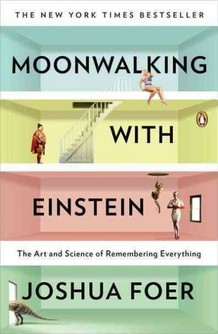I recently finished a book by Dr. Stanley D. Frank called Remember Everything You Read. It’s a book on speed reading.
According to the book, the way most of us read is called “linear subvocal reading.” We scan a line of text from left to right and sound out the words in our heads. Some people even mouth the words. Why do we read this way? The book doesn’t speculate, but I would venture a guess: It is an artifact of being taught to read phonetically. We are told to “sound the words out” from the very start of our careers as readers, and we never stop.
Linear subvocal reading is obviously inefficient. It is limited by the speed of your mental voice, and it activates parts of your brain that should be unnecessary for reading. You are translating text into imaginary sounds, then translating the sounds into meaning, then assembling those meanings into bigger ideas. The Evelyn Wood technique is to stop reading phonetically. “Accept visual, as opposed to auditory, reassurance as you read.” (p69)
The Evelyn Wood approach also involves hand motions on the page while you read. The motions guide your eyes and help you resist regressing over material you’ve already read (and actually understood just fine the first time). It also tries to teach you to read vertically instead of linearly, and to read in layers.
The layers thing is interesting. You don’t just look at the text once. First you get an overview, then a preview, THEN you read it, then you do a post-view, and finally you do a review. The point is not just to read faster, but to improve comprehension and retention.
To summarize the main idea of the book, the goal of reading should be to absorb the meaning out of written passages, not to engage in the exercise of sounding out the words at 250 WPM for its own sake.
After reading the book (at high speed, incidentally) I decided to do research on speed reading. Does speed reading work? Are the claims made in Remember Everything You Read true? Can people read at 2,927 WPM with 92% comprehension, like the student Max mentioned on p161 of the book? What I discovered was… frustrating.
More below the fold.
Continue reading »
